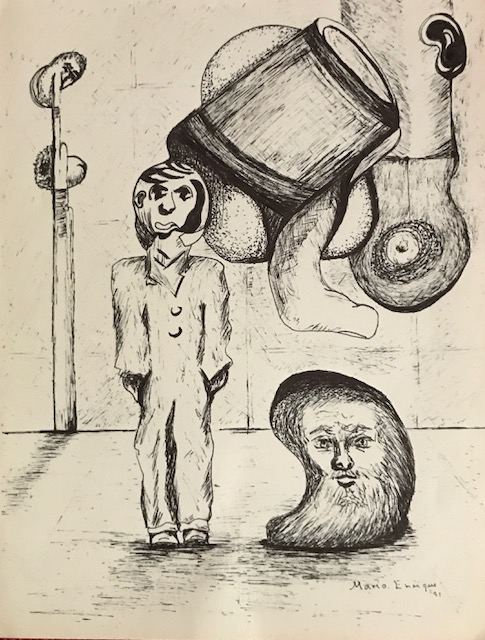Healthy relationships are complex portals for joyful inclusion: Bringing a chosen partner to share your most intimate world. The process requires calibrating horizons from my existence to our coauthoring as well as mutual learning of individual desires. But as we begin the intimacy dance, our old ghosts pay a visit to forewarn us of our painful past. Fortunately, pain is a limited teacher that only offers what we should not do based on fear rather than what we can learn grounded on love. One of the most pervasive challenges in reaching a harmonious middle in relationships is balancing between what we need as individuals and what we desire as partners. Regrettably, the concept of “need” has taken a psychological beating in the modern world of the iSelf for several reasons:
Confusion Between Needs and Choices — Spending inordinate time focusing on “your needs” and “your priorities,” leave little room to evaluate the choices a partner can bring to your relationship. For instance, you might overestimate your need to be alone, and underestimate your choice for companionship; overvalue your need for some priorities and undervalue your choices for some nourishing options available with your partner.
Avoiding the Needy Label — Our Individualist Western culture has done a disservice to the concept of companionship by promoting a pseudo independence that disdains belongingness and views seeking joyful nourishment in relationships, as needy and emotionally weak. Consequently, individuals in relationships are afraid to express what they desire from their partners. Additionally, since fear causes confusion, differentiating between what you need from yourself, and what you desire from your partner becomes a major challenge that frequently leads to needless arguments.
From the Me Generation to the iSelf
I see a transition taking place from the Me obsession with self, to the iSelf obsession with the digital world. My-needs-my-space, as well as my-digital-relationships mentalities lack awareness of the implied selfishness they expect partners to accept. While the Me generation painfully learned from their self-imposed existential isolation, hopefully, the iSelf generation could forego the hopelessness of finding emotional nourishment in their digital world.
The iSelf existence does well with texting because it can avoid the emotional nuances of phone or face to face conversations. Texting is so void of affect that symbols like LOL and OMG are necessary to show the humor and passion necessary for human bonding.
Tools to the Rescue
I propose that if we learn the difference between need and choice, the Me and the iSelf generations can find a satisfactory middle ground in their respective worlds. In other words, the Me crowd could transition from “I need my space,” to “We choose the space we share,” and the iSelfies could reduce their digital world and increase live inclusions of love.
Let’s begin to clarify:
The following questions are examples of choices:
Do you prefer to dine alone or with your partner?
Do you prefer to sleep alone or with your partner?
Do you prefer to travel alone or with your partner?
Do you prefer to live alone or with your partner?
The Following questions are examples of needs:
Do you require some private time?
Do you require some individual pursuits?
Do you require some friends not shared with your partner?
Do you require some healthy rituals that do not include your partner?
Do you have responsibilities unrelated to your partner?
As you learn to differentiate between need and choice, you will give yourself what you need without being selfish as well as propose your choices to your partner without being needy. My purpose in this article is to offer a perspective that can remove the cultural fear of feeling selfish or needy: To find the emotional depth of belongingness without ownership, to discover the power of We during storms, and to celebrate life in joyful union with the person you choose to love.

